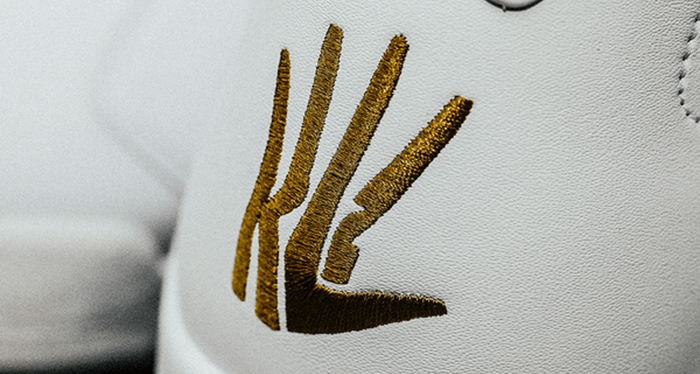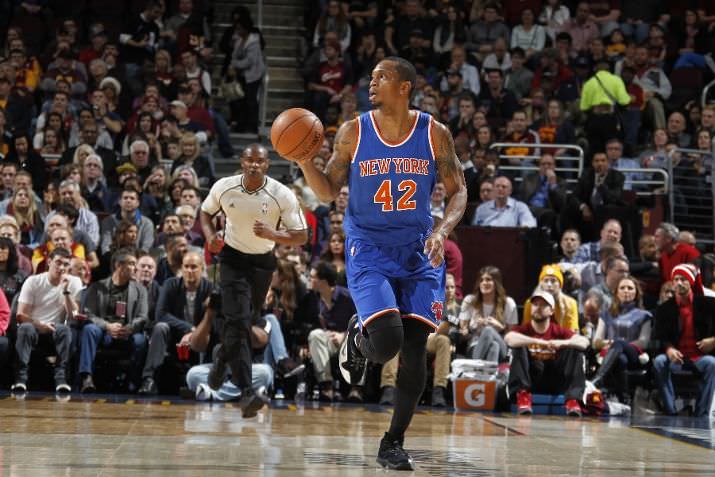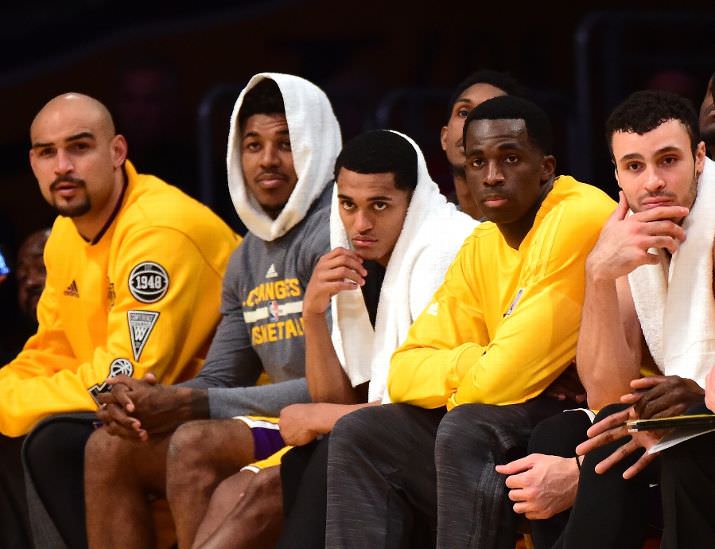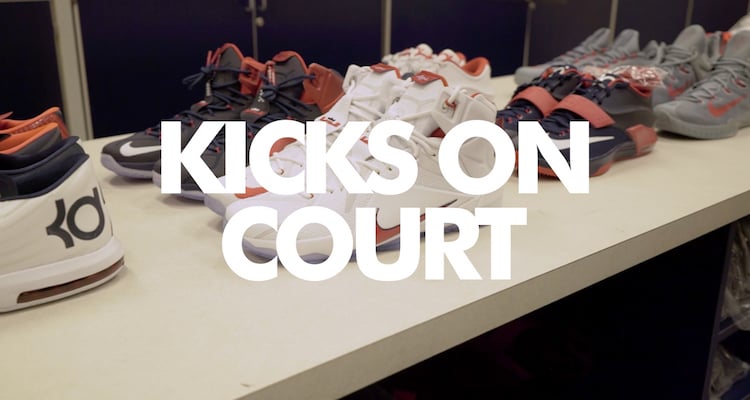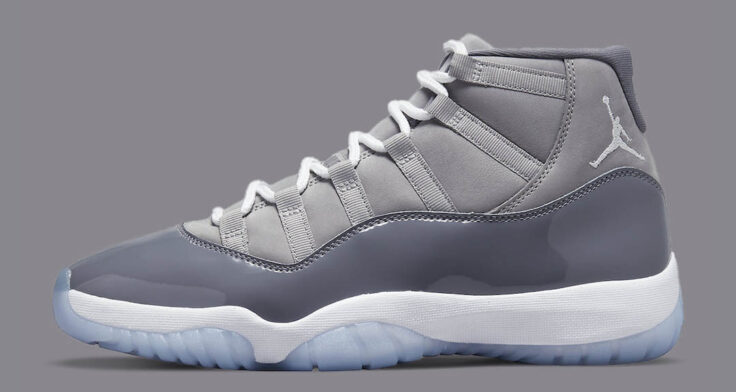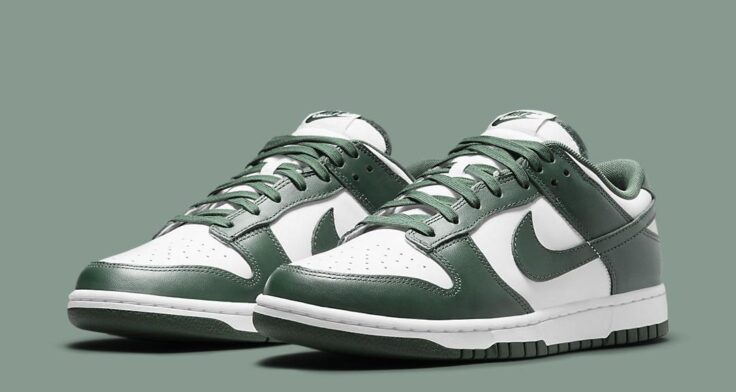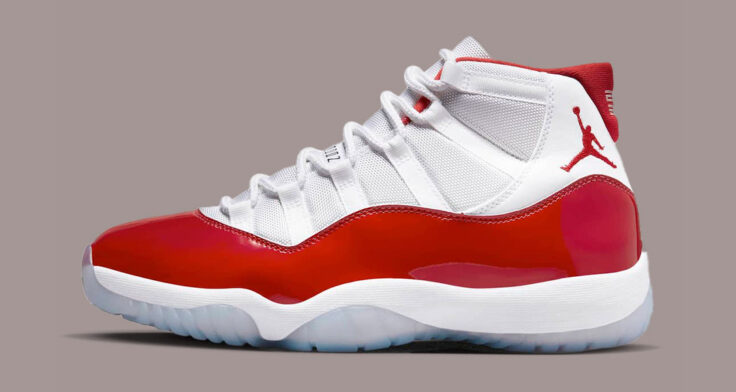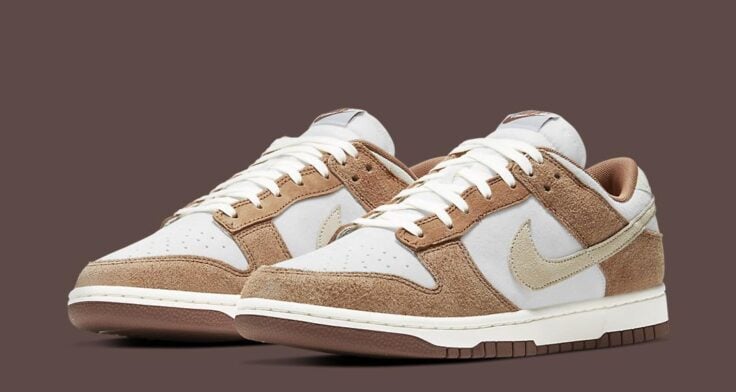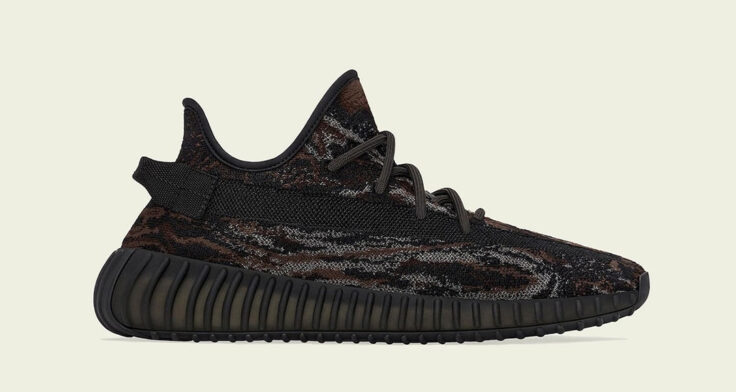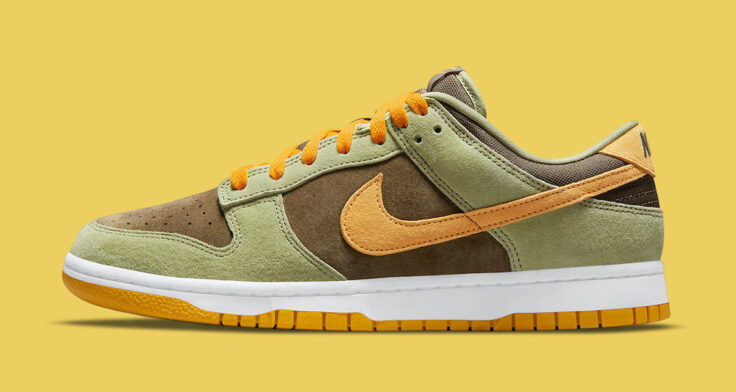2014
In 2014, the rising cost of retros is perhaps the most hot-button subject of this discussion because there are major forces at play: inflation and demand. In regard to inflation, just about everything with a steady demand has gone up in price overtime. As for demand, certain shoes like Foamposites are even more sought after in 2014 than they were in 1997. However, while the Foamposite relied on a pricey mold for manufacturing, one would have to figure that a heavy load of both R&D and marketing efforts would no longer be a cost factor for a shoe that’s 17 years old and sells it self.
photo by Kin Kwan for Nice KicksThe most popular and most polarizing product in regard to retros is the Air Jordan line. As demand has increased so has price, with Saturday sellouts and resale rates echoing the rationale for upping the tag value. Critics of the rising cost of retros sight a perceived decrease in quality as the main opposition for the steady increase. In 2014, there have been counters to quality claims such as the premium “Champagne” and “Cigar” Air Jordan 6s, though they each came with a $250 price tag. $250 is far more than the $125 the model retailed for when it first released in 1991, but surprisingly still less than the 2014 inflation-adjusted price estimate of $218.
photo via HypebeastDesigner collaborations have been another category of kicks that have propelled the price of footwear as of late. Typically speaking, a sneaker brand works with an esteemed designer in the high fashion realm, hiring them to re-brand, rework or update one of their classic models. This adds value to model itself while spreading the name and reach of the designer’s work. Across the board, the cost discrepancy is typically high from inline model to designer collabo. For example, a standard adidas Stan Smith goes for $75 whereas a Raf Simons x adidas Stan Smith sells for $455. Just the same, a standard Nike Air Force 1 Low retails at $90 while a Riccardo Tisci x Nike Air Force 1 Low goes for $230. Both designer updates feature a material makeover to some extent as well as unique detailing.

